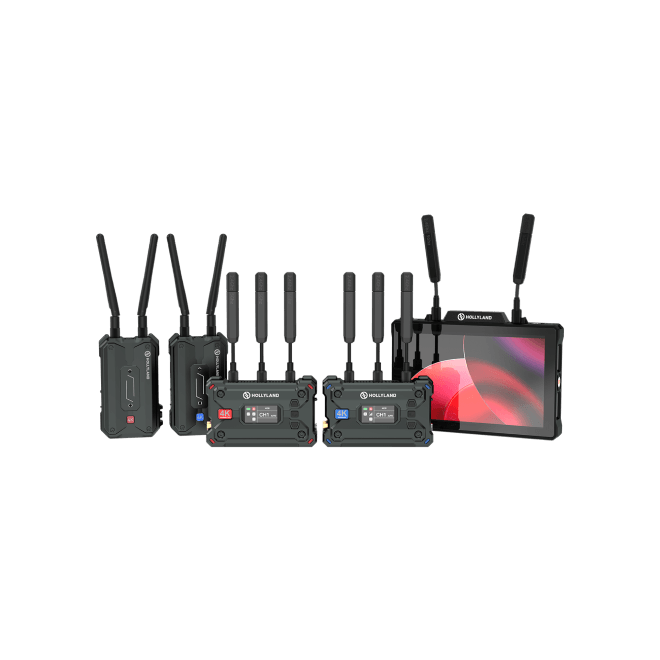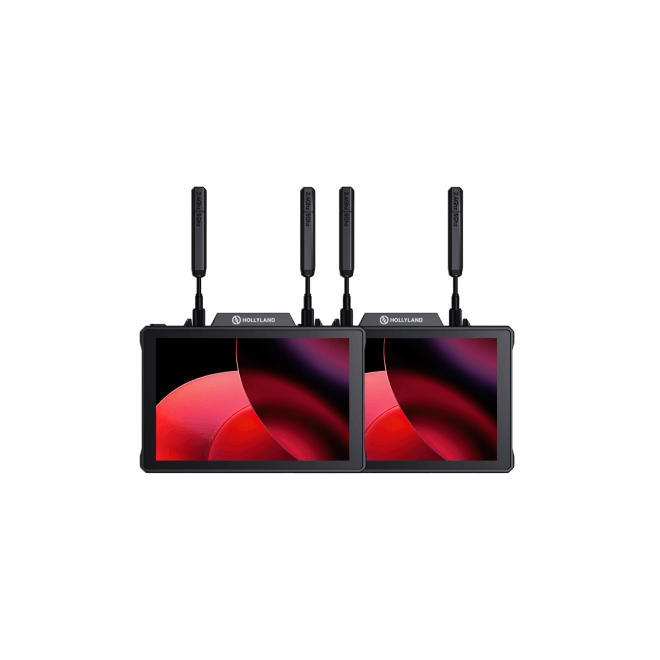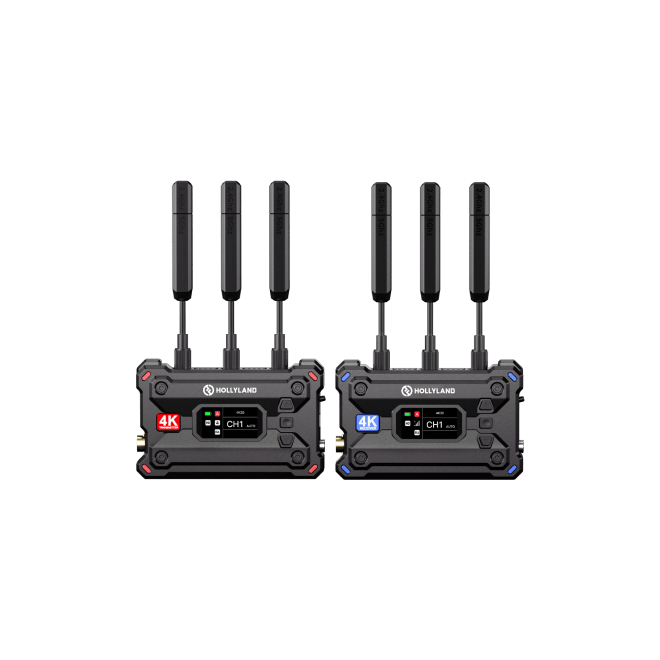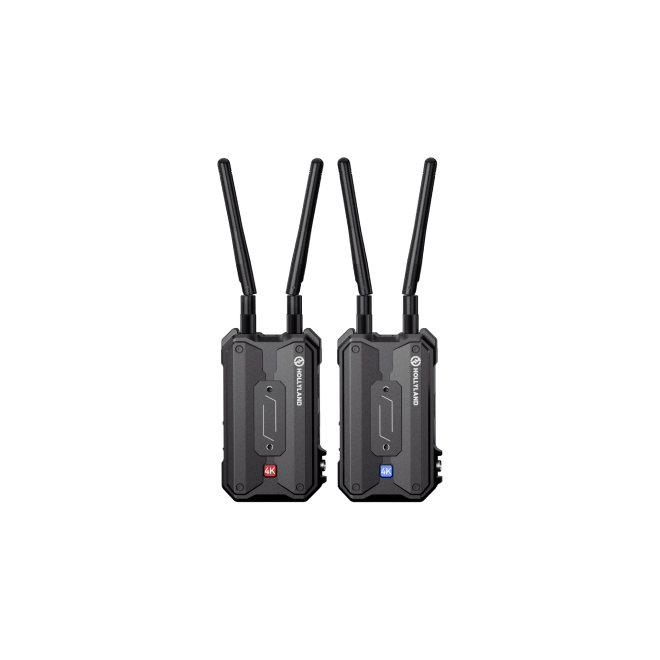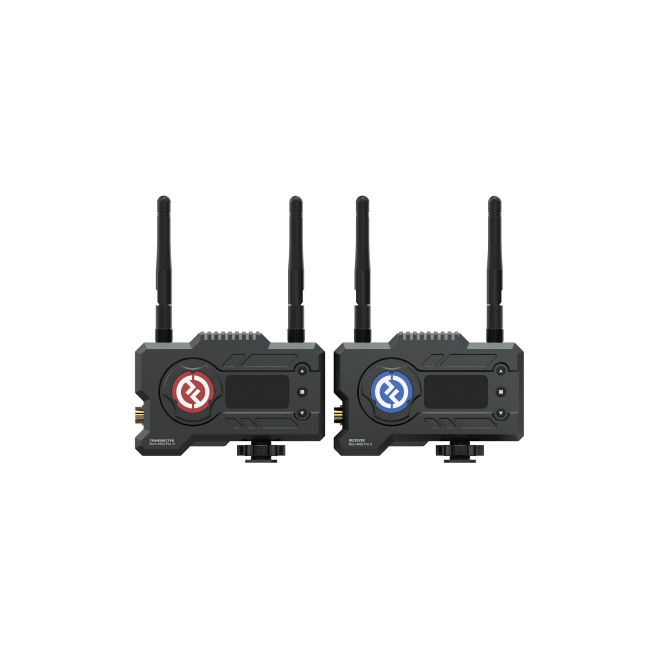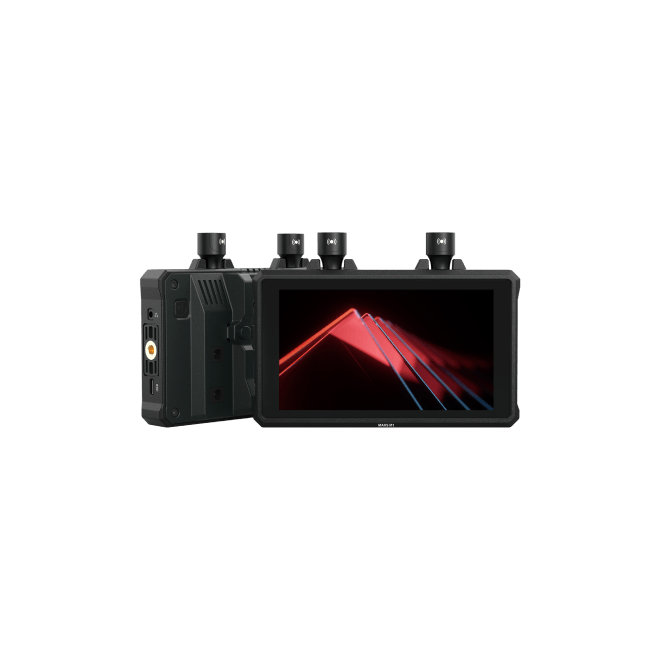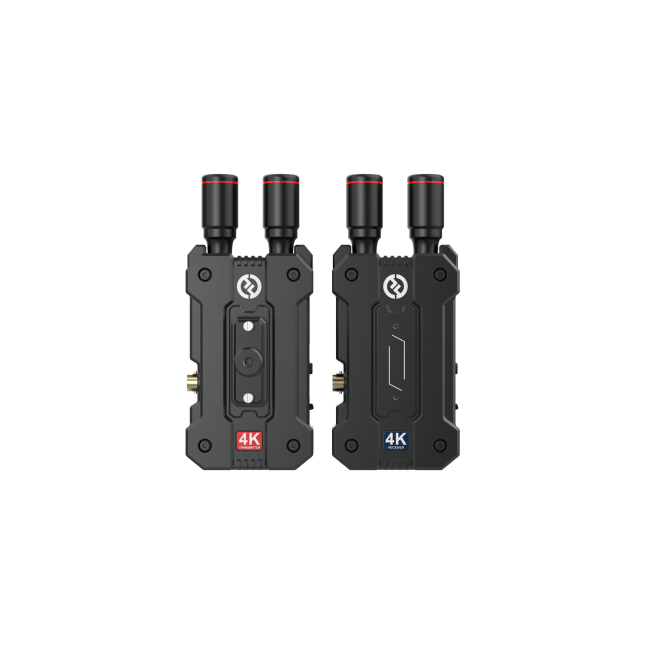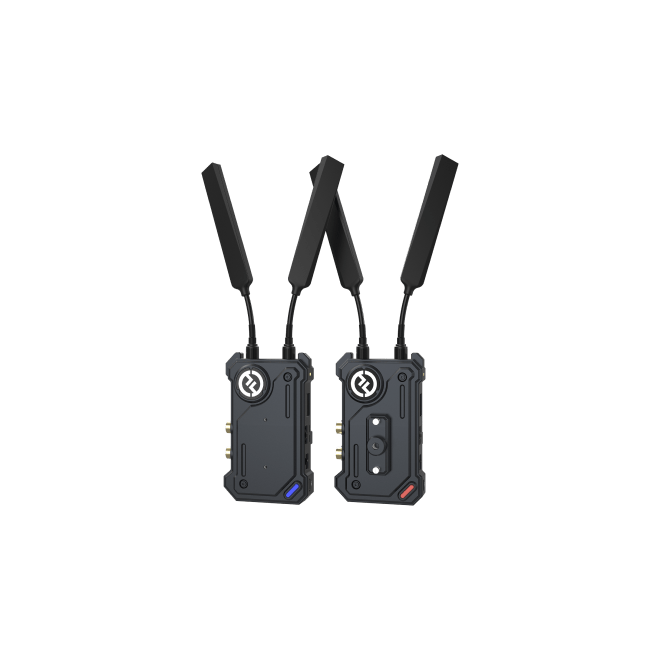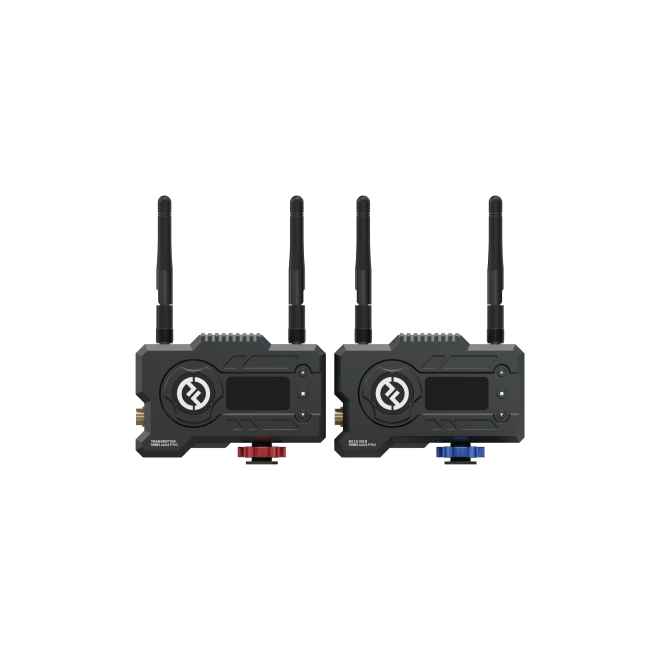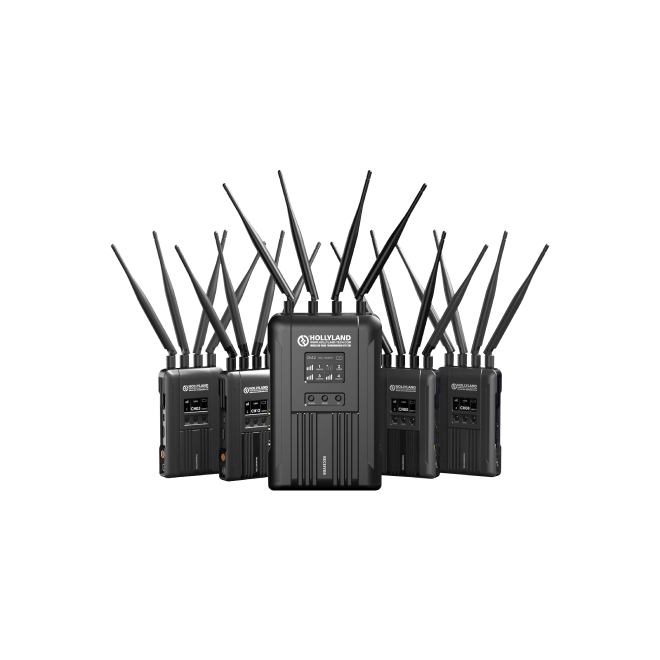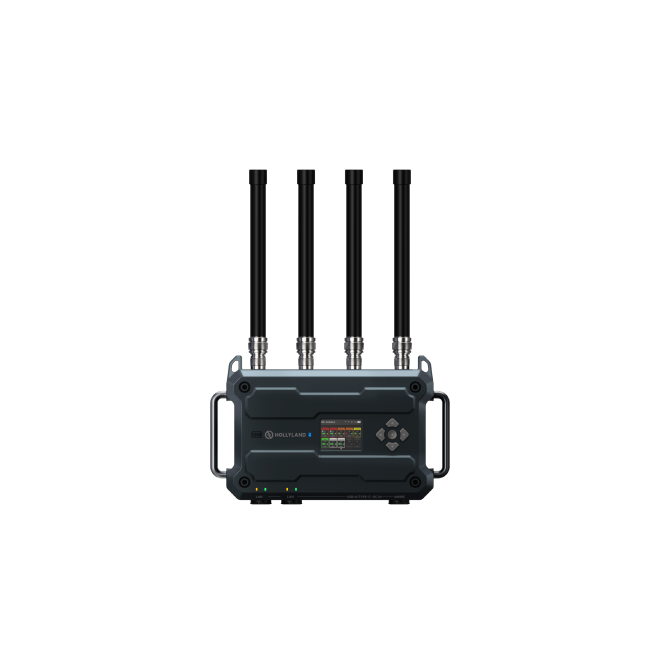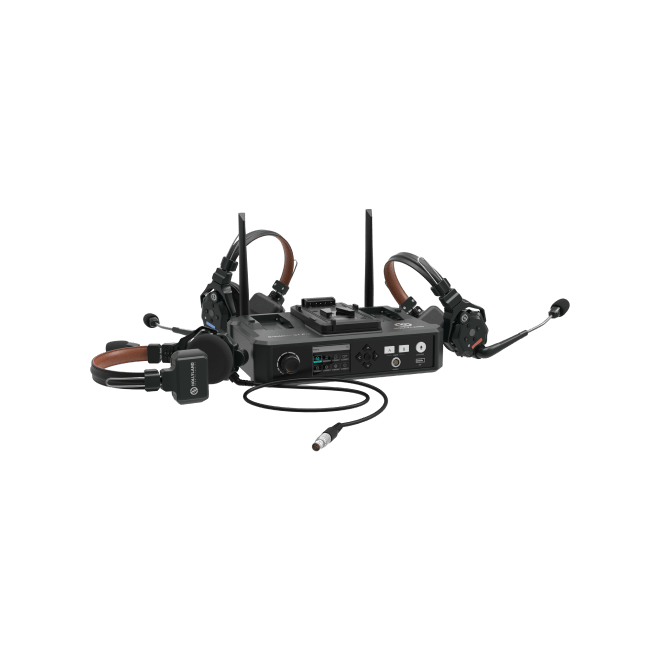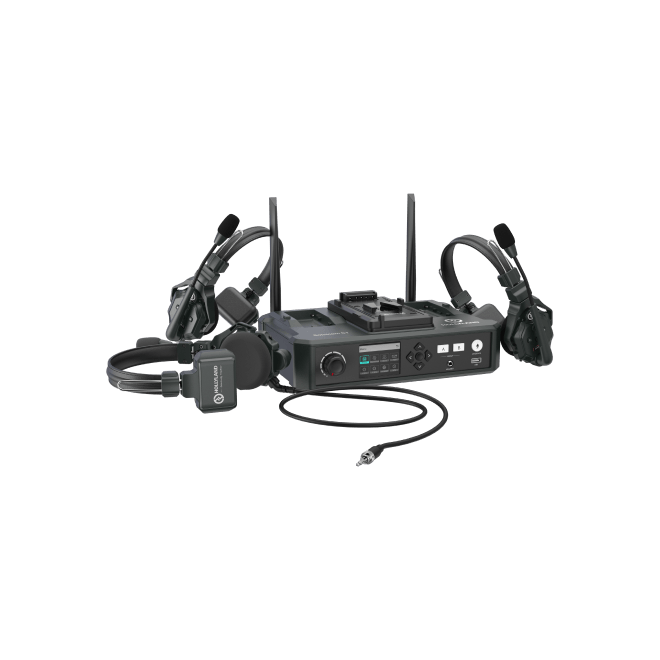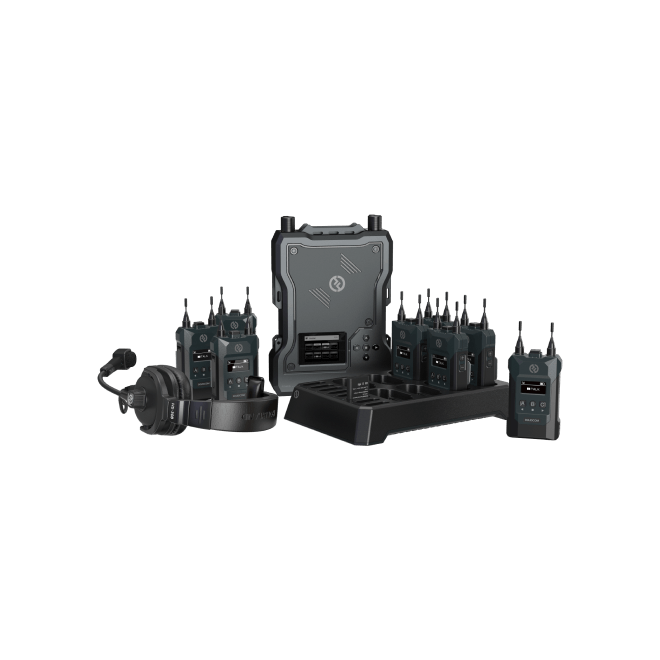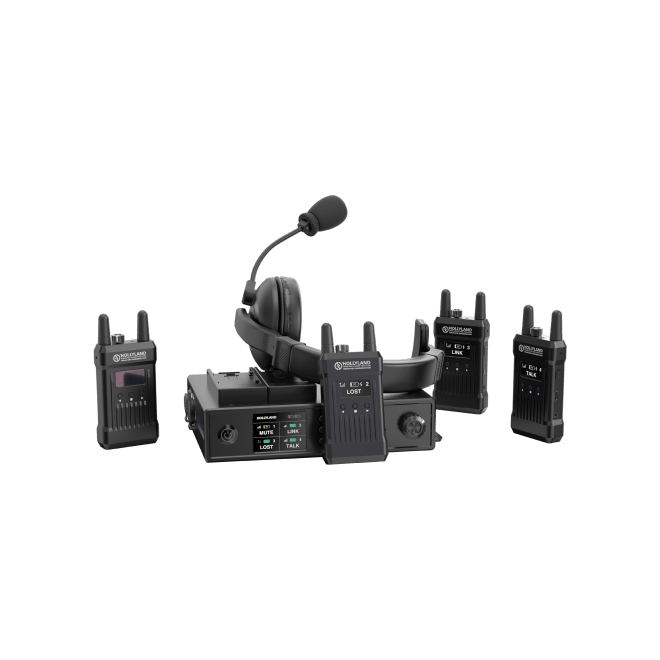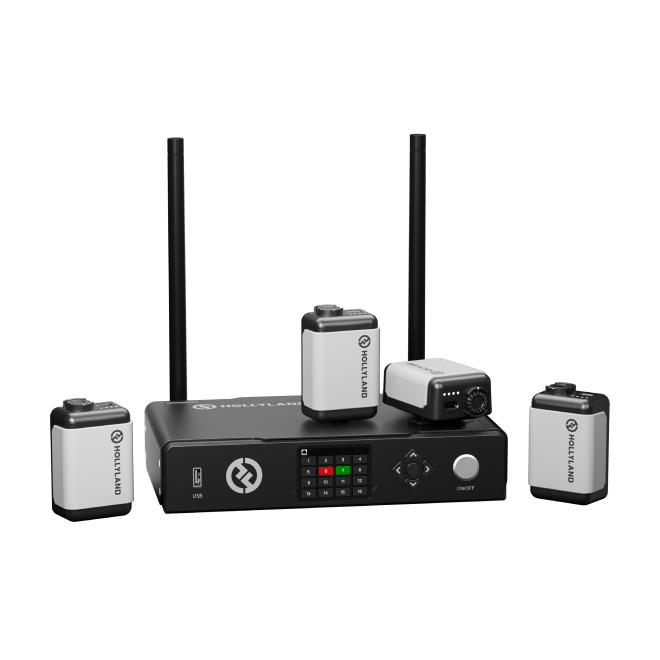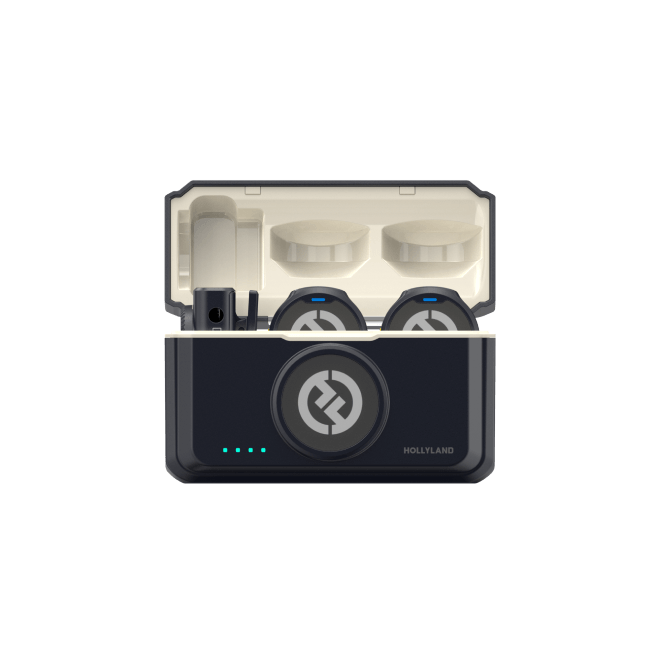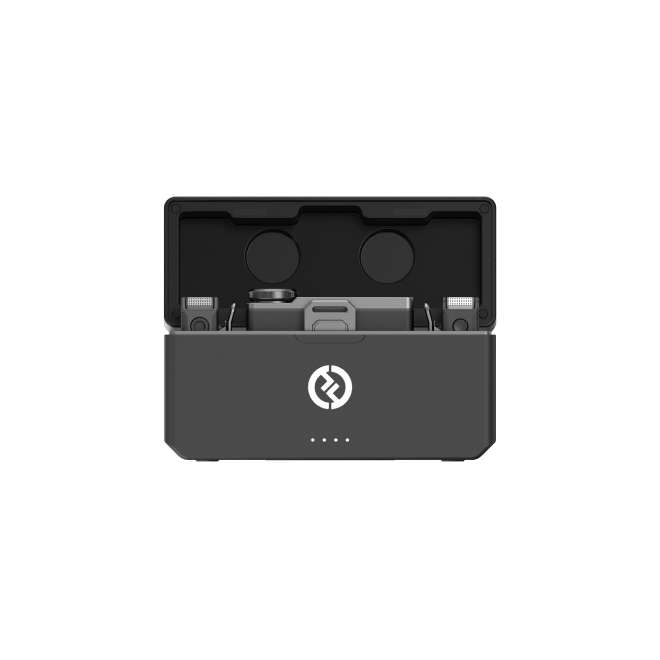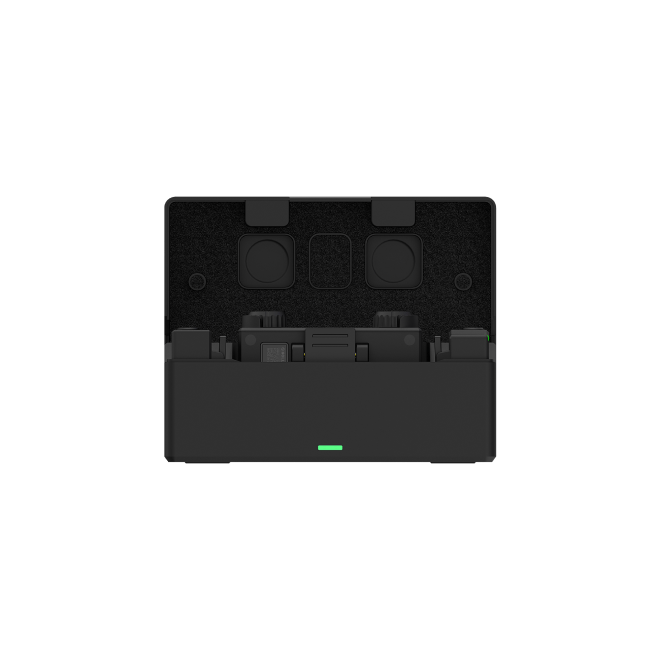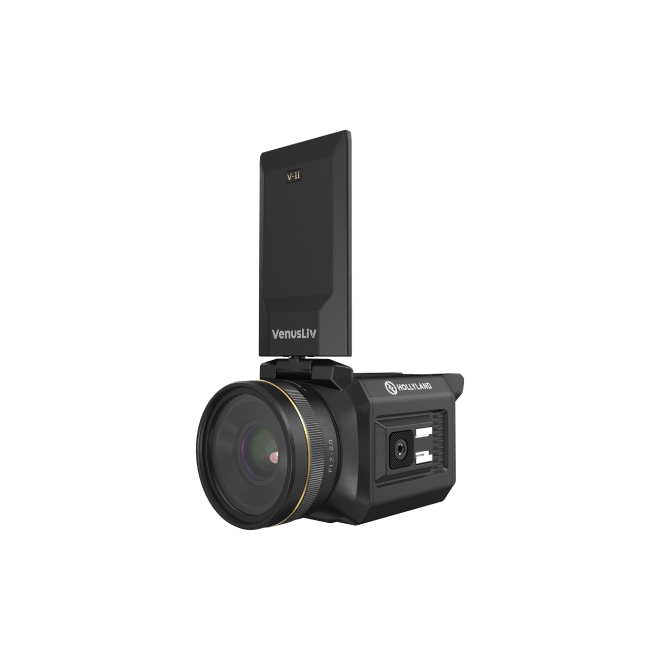Wireless technology is the key to communicating or watching quality movies in the fast-paced digital world. The signal-to-noise ratio is the standard for high-quality imaging by measuring the strength difference of sound signals from background noises. So, it’s essential to understand this and how it works efficiently.
Table of Contents
What is signal to noise ratio?
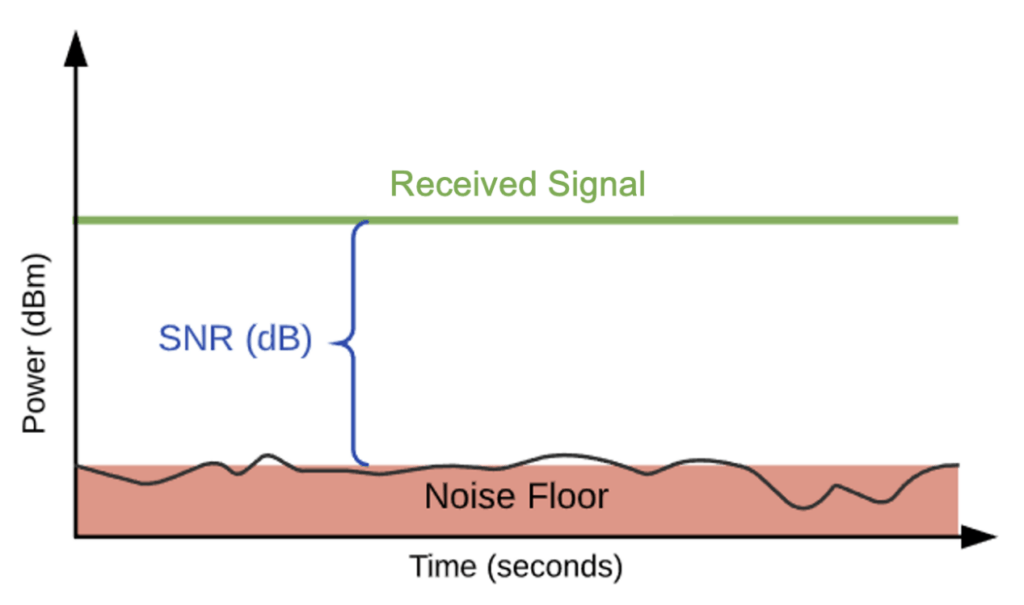
The signal-to-noise ratio measures desired signals concerning interfering or background noises. The stronger the signal power, the better quality and perfect in eliminating surrounding signs.
The high SNR provides higher sound from your electrical signals because different microphones have different levels to become audible. Also, SNR is the relationship between valuable and irrelevant information, perfect for audio transmissions or financial trading.
Its ratio is expressed in decibels (dB) that can be either zero, positive, or negative, depending on the strength of the signals. So, the 0 dB or 1:1 ratio signifies powerful sound signals efficiently eliminating interference.
Understanding the basics of signal-to-noise ratio calculations
By removing background noises, the signal-to-noise ratio brings crisp clarity to your vocals during audio recordings. In general, the SNR is the combination or difference of signal strength and the noise floor. Therefore, understanding how both of them work is critical,
Noise Floor
Low-level background noises are noise floor, varying from location to location based on local interference sources. These interference are impossible to remove because of their variation even in the same building.
The standard noise floor used in the design is -95 dB, and if the signal strength is -70 dB, then SNR is 25 dB.
So, the SNR ratio level is the network’s performance, where the AP and client will set the preferred data rate to communicate. The higher the SNR, the higher the data transmitted, perfect for efficient working.
Note: For good performance, the signal-to-noise ratio should be more excellent than 20 dB, and for optimal performance, it should be greater than 25 dB.
Common noise generators
Many standard noise generators, wireless video cameras, microwave ovens, or Bluetooth devices produce 2.4 GHz. Most devices operate at this unlicensed frequency noise level that interferes with the normal functioning of the device.
- The measurement device is the common noise source with smaller amplitude signals corrupting the desired signals.
- The external source (power line interference) with specific frequencies interferes with bandwidth or required signals.
How to calculate the signal-to-noise ratio?
The signal-to-noise ratio is the desired signal ratio to the interfering noise in any given system. This ratio provides important parameters to analyze wireless communication’s power and unwanted noises.
This SNR varies with devices and is measured in decibels (dB) because the signal-to-noise ratio has no unit. The SNR ratio is calculated in logarithms scale, and the formula depends on the specific noise levels used.
Basic Formula
The simplest method of getting the signal-to-noise ratio is by subtracting the noise from the desired signals.
- SNR= N-S
To illustrate this, suppose your receiving device is receiving sound sources of -50 dB, and the noise level is -70 dB, which is why 20 dB is the resulting strength of your sound signal. From the formula,
- SNR= -50-(-70) = 20Db
There are two prominent signal-to-noise ratios, Power SNR and Voltage SNR, and their unique formulas differentiate them.
Power SNR
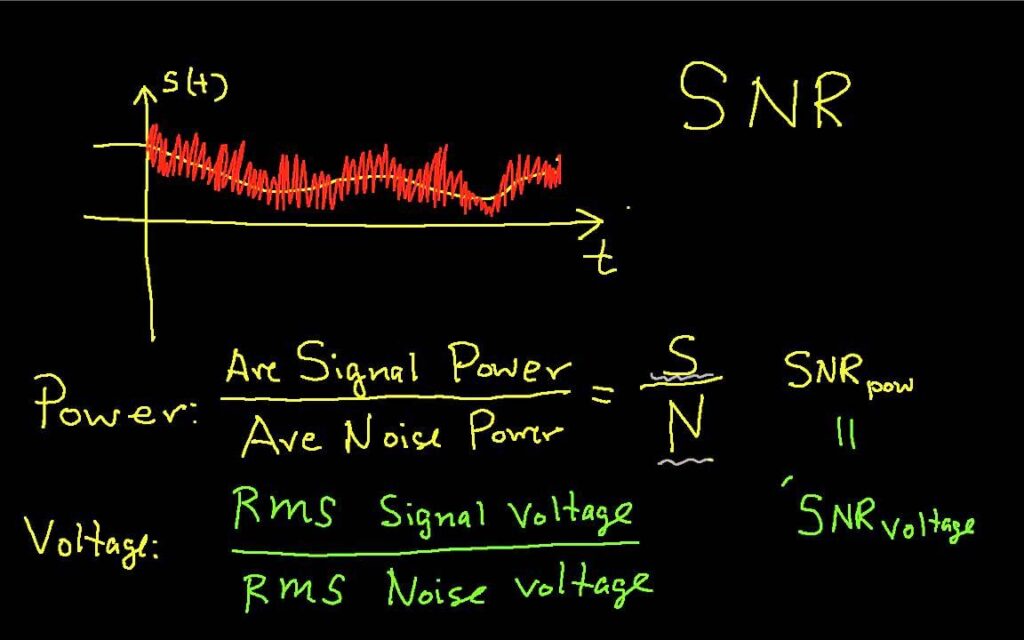
The power SNR determines the signal’s strength to the noise’s ability and develops seamless results. Hereunder is the Power SNR formula showing the relation and amount of energy they have.
- Power SNR= average signal power/ average noise power
However, when representing in logarithmic scale or deriving the results, use the following formula:
- SNR(dB)= 10×log10 (signal/noise) P.SNR
- Power SNR = (Voltage SNR)2
Voltage SNR
When signals are measured in microvolts, there is a marginal modification to the basic formula.
- Voltage SNR= RMS signal voltage/ RMS noise voltage
The voltage signal-to-noise ratio can be represented in a logarithmic scale to measure the signal strength.
- SNR(dB)= 20×log10 (signal/noise) V.SNR
The RMS indicates “root mean square” because the square root of the voltage SNR equals the power SNR. Besides, the results will remain the same whether you use the power or voltage to measure the signal strength.
Getting SNR percentage
Generally, to determine the perfect signal-to-noise ratio, it’s better to calculate the SNR ratio in percentage.
- SNR % = 100 x (signal power/noise power)
So, if the signal’s power is twice the noise’s, then the signal-to-noise ratio will be 200%. It makes it easy to calculate desired signals and how effectively it can communicate signals.
There are a few things to consider during the calculations:
- When the ratio is 1, then after the log calculation, it will be 0db. Increasing the ratio strength to 100 gives it 20 dB, and the decibel expressions remain the same if you calculate from voltage SNR.
- If signal power exceeds noise, decibels will be positive, and the required readable unit is 20 dB.
- According to the logarithmic calculation, every 10 dB increase means a tenfold increase in desired signal power.
- Also, SNR will be negative if signal power is less than noise. Wireless communication is impossible in this situation, and you must decrease the noise to make the data readable.
Using the SNR Formula
The signal-to-noise ratio is the power of desired signals to the background noises. So, the SNR can be measured in relative terms or absolute terms. The relative terms compare the difference between signals and noise over a specific period. However, relativity is the ratio of signals and noise at a particular time.
So, the different types of signal-to-noise ratios can be measured by four formulae depending on the unit type or signal they are carrying.
SNR as absolute units
- SNR = signal/noise
SNR in Decibels
- SNR (db) = signal (dB)−noise (dB)
Power SNR
- P. SNR= 10×log10 (signal/noise)
Voltage SNR
- V. SNR= 20×log10 (signal/noise)
Applying the abovementioned methods will provide the same results in decibels, and using the technique depends on the type of signals. Also, Logarithmic scales are for professionals to get a better understanding and complete insight into the signal’s strength.
Factors affecting the signal-to-noise ratio
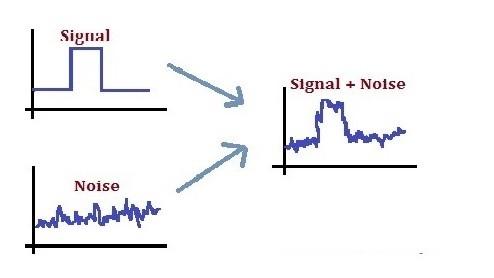
The signal-to-noise ratio fully understands the desired signal strength and interfering noises. It’s crucial to analyze the factors that influence this unique ratio and are essential in telecommunications. Several factors influence standard signal processing, and their details are described hereunder,
Environmental Interference
Challenging environments like temperature or weather can interfere with expected signal propagation during wireless communication. In addition, different environmental obstacles, buildings, trees, and distances further weaken the signal strength. Also, signal-transmitting devices cannot transfer quality signals in extreme weather conditions.
So, different noise cancellation techniques provide exceptional lowering results to re-modify the signals or reduce noises. Beamforming enhances the signal-to-noise ratio manifold by focusing on signal strength and minimizing the impact of background noises.
- Low-Quality Equipment
The components’ quality is crucial in determining the strength of transmit or receive signals. High-quality parts, such as amplifiers or transistors, minimize the noise and ensure signal integrity.
However, low-quality equipment, like poorly constructed designs, will only amplify the noises and affect the signals. Also, using cheap materials is unable to withstand different environmental conditions.
- Signal Distance
Along with obstacles, signal strength will decrease when transmitted over longer distances. During transmission from wireless interfering devices, Bluetooth or Wi-Fi, SNR becomes affected, bringing additional noises with desired signals. So, with more length, it interacts and picks up the noises that affect the quality.
- Signal Modifying Processes
Different signal-modifying techniques enhance the signal strength by modifying the frequency or amplitude. However, this modification decreases the noise by reducing the signal power. So, choosing wisely the filtering, equalization, or compression techniques is essential to minimize the signal distortion or noise effect on signals.
- Bandwidth Requirements
Bandwidth represents the capacity at which the specific channel can transmit data. A wider bandwidth is essential in sending more comprehensive signal frequencies, ensuring more data is shared at a particular time. It’s independent of the frequency or receiver but can be improved by providing essential power and space for signal transmission.
So maintaining significant SNR is critical for better signal functioning but ensures analysis of the changing environmental obstacles.
Techniques for improving the signal-to-noise ratio
Improving the signal-to-audio balance will enhance the quality and reliability of the signal for efficient transmission. A higher signal-to-noise ratio ensures higher signal strength free from the surrounding interferences. So, with different techniques, combining these improves the desired signal strength manifold.
- Using dynamic range
A more comprehensive dynamic range measurement device will reduce noise input and enhance signal strength. The dynamic range is the ratio of full-scale output to the relative noise level. So, by increasing the signal range, the signal strength will expand to its idle noise.
- Increasing the signal amplitude
The strain measurements can deliver high-quality signals by increasing the amplitude of the excitation voltage. In this case, the voltage signal-to-noise ratio is essential to reduce the noise levels to the minimum and increase the power of desired signals.
- Equalization adjusts the signal amplitudes at different frequencies and balances SNR.
- Implementing the noise reduction techniques
- Active noise reduction technologies, such as shielding or filtering, can successfully remove unwanted noises. Filters work by determining the difference in frequencies and letting pass specific frequencies.
- Commonly used noise-canceling headphones provide excellent signal strength by removing the noises.
- Signal Amplification
Increasing or amplifying the signals without amplification of noises is achieved by successfully implementing gain controls. The control allows to adjust the amplifier’s gain according to the constant signal level.
So, using amplifiers or transmitters to increase the strength of the signal will improve the signal-to-noise ratio and reduce noise.
- Using the filters
- If the noise sources are known, filters can minimize them.
- When the noise source is random, the ratio can be enhanced by averaging the measurements.
- The environmental events have significant impacts on signal quality. So, it can be reduced by analyzing the device’s sensitivity and outside environmental conditions.
- Reducing external noises
External noises or environmental factors have a significant impact on desired signal strength. So, minimizing electrical and frequent radio frequency interference is crucial in enhancing the power. Also, working in a closed recording studio with minimum external noises ensures the quality of signals transmitted wirelessly.
- Using quality equipments
The signal-to-noise ratio depends on the components’ quality with perfect dynamic range. The types of equipment are responsible for sending quality sound signals with minimum inside and outside noise. Also, ensure these instruments can withstand strict environmental conditions and minimize noise.
- Cable Length
In SNR, shorter cables enhance the efficiency of signals by removing signal loss and resistance. Minimizing the length and keeping the wire away from noise sources or signal-congested areas will reduce the impact of noise. So, shield the cable with equipment to reduce external or internal interferences.
Note: The key to wireless transmission of signals is the device performance that can readily differentiate and isolate the desired signals from noises.
Maintaining the Golden Ratio
Specifically, the golden ratio is finding the perfect balance between the desired signals and the background noises. This ideal ratio does not require mathematical calculations because it works on finding a point where sound signals are strong enough to the noise.
Also, the audio remains below the clipping point, allowing for post-production improvements of the project. Besides this, achieving and maintaining the golden ratio has versatile benefits:
- The balance ensures distinct audio signals that provide crisp, clear audio with minimum interfering noises.
- Achieving the golden signal-to-noise ratio removes the risk of distortions or impaired quality.
- It enhances the listening experience by removing distortions and clarifying the audio content.
Achieving the golden ratio is easy, but balancing is crucial because of different environmental factors and devices. So, to maintain the golden SNR ratio, ensure the use of the amplifiers and filters to reduce the noise to the minimum.
Why is the signal-to-noise ratio important?
Generally, the signal-to-noise ratio contains and transmits essential data that must be deciphered without errors. It’s the standard in transferring desired signals by minimizing the noise impact.
The signal-to-noise ratio paramount signal quality is the reason for reliable and efficient data transmission for longer distances. It analyzes the sensory nature of information and transmits precise, error-free data. Therefore, higher signal quality makes SNR critical in different fields.
Communication Systems
- Wireless
The signal-to-noise ratio is crucial in wireless communication, ensuring high-quality and reliable data transmission. The SNR is the ratio of the signal’s power to the surrounding noise in a communication channel, and higher SNR ratios are preferred.
- For this reason, it is widely used for stable calls, enhanced network coverage, and high data speeds.
The SNR affects the bandwidth, range, or reliability and is essential in transferring error-free, faster data. Modern communication technologies work on signal to noise ratio principle for the transmission of quality signals.
- Wired communication
Maintaining the desired ratio is critical for wired communication systems like Ethernet and optical fibers. That’s why electromagnetic interference and attenuation might introduce noise in standard data transmission. The lower SNR will degrade the quality of signals and cause errors in standard signal transmission.
Telecommunication Systems
An important SNR aspect is the telecommunication setup that ensures the quality and accuracy of transmitted signals. The ratio intelligently distinguishes the desired signals from the noise, contributing to more apparent signal recognition.
Audio and Video Quality
- Audio
The audio with distortion or hiss cannot deliver quality signals and will reduce the listening experience. Therefore, SNR enhances the frequency strength and brings clarity by improving the power of sound signals. In modern audio technologies, high-quality audio reproduction is essential for error-free transmission.
- Video
In modern video systems, poor signal transmission causes the noise to degrade the video quality. Digital TVs and HD videos can only provide high-quality data with a high signal-to-noise ratio. SNR is crucial to bringing clarity to music and enhancing the listening experience.
Industrial applications
The high-quality signal-to-noise ratio provides versatility and efficient data transmission, making it crucial for professionals. After carefully understanding the signal and noise relation, the SNR provides essential measurements and observations for environmental sciences.
- The high-quality signals allow faster data transfer, making them crucial for radar systems.
- Besides this, the SNR provides exceptional and detailed images of celestial objects and other medical images.
Imaging and Photography
- Imaging
The signal-to-noise ratio characterizes the image quality and describes the signal quality with its magnitude to the relative uncertainty. The SNR ensures the quality of signals for more precise and detailed images. With this, they are exceptional in scientific and medical imaging because they can capture ultra-clear images.
- Photography
The higher the ratio, the more detailed the image the SNR creates, making it essential to analyze medical situations more clearly. A sharp and higher SNR provides high-quality and noise-free images.
The difference between a High SNR and a Low SNR
High signal-to-noise ratio
The higher signal-to-noise ratio means the desired signals are strong enough to overcome the interfering noises and provide crisp, precise results. So, understanding the higher and lower SNR is the key to bringing clarity to your recordings.
Precision
Precision and clarity are essential for audio engineers and producers to make your recordings stand out. Higher SNR will reduce the interference and enhance the signal strength by focusing on the desired frequencies.
High-quality sound
Maintaining a high signal-to-noise ratio is crucial for a professional-sounding experience during recordings or podcasting.
Detailed productions
The high ratios produce detailed sound reproduction, making the audio accessible from internal or external noises. It reduces the post-production editing time by providing quality audio free from interference.
Low signal-to-noise ratio
The lower signal-to-noise ratio defines interfering noises as high compared to the desired signals. When signals are weaker, this will affect the audio quality, and sound signals cannot be amplified.
- Lack of quality
If the noise level is too high or the signal weakens, it will provide a distorted and unclear audio quality. Also, when used for other applications, it will give noisy and challenging images.
- Exhausting
For music enthusiasts, the lower ratio provides unclear sound with background noises. Maintaining the higher SNR ratio during live events is paramount in maintaining the interest.
Conclusion
SNR is the industry standard that shapes the quality by ensuring the precision and reliability of the signals. It’s the measure of the power of movements relative to the background noises that interfere with data interpretation. For professionals, the formulae will better understand how to calculate and maintain the SNR.
With its vast applications, achieving a higher ratio is crucial in bringing quality and clarity to the recordings. And amplification and noise reduction methods can increase the percentage for better communication.
Modern communication systems are working on SNR, so maintaining a desired ratio is crucial for transmitting solid signals.
